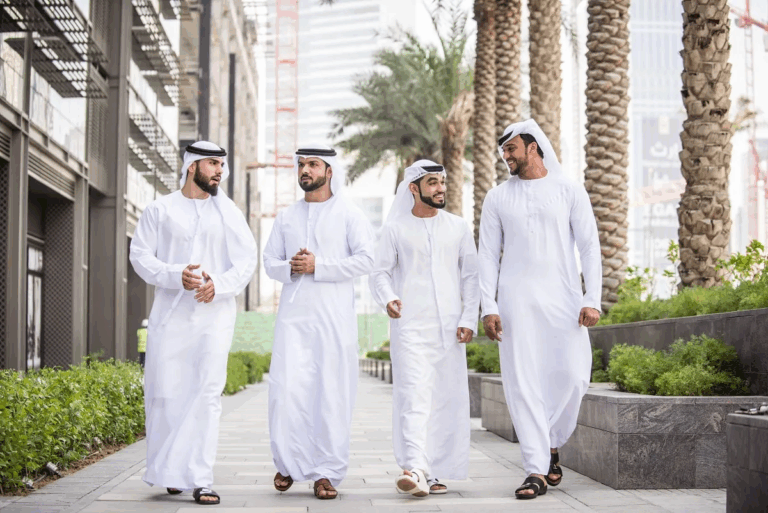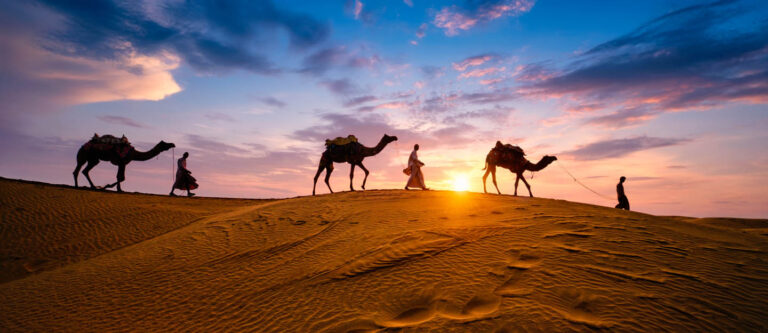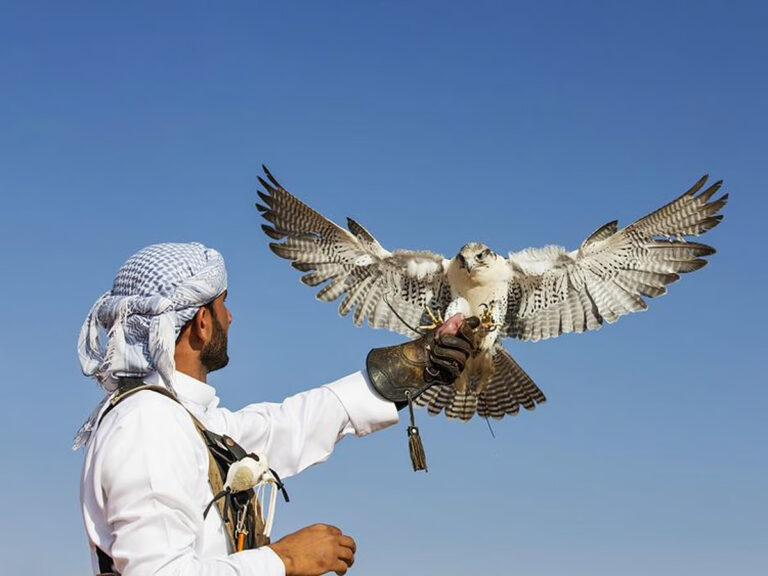Originating from the Arabian Gulf, is renowned for its distinctive head shape and high tail carriage, making it one of the world’s most recognizable breeds. Historically, trade and warfare spread these horses globally, enriching other breeds with their speed, elegance, endurance, and strong bone structure. Consequently, Arabian bloodlines are present in almost every modern riding horse today.
Characteristics Shaped by Environment
Desert environments shaped these horses, and nomadic Bedouin tribes highly prized them. Significantly, evidence points to a strong human-animal bond, with families often sheltering and caring for these horses within their tents. Because of this close relationship, the breed is known for its intelligence, friendliness, and loyalty. Furthermore, their spirited nature and alertness, crucial for their historical role in warfare, remain characteristic traits.
Global Influence and Recognition
During the Muslim rule in Spain, Arabian horses influenced the Middle East, earning them recognition and admiration in diverse cultures, including those of the United Kingdom, the United States, Canada, continental Europe, Australia, and Brazil. Presently, these horses excel in various equestrian disciplines and rank among the top ten most popular breeds worldwide.
Abu Dhabi Royal stables
Specifically, in Abu Dhabi, the Royal Stables, established in 1969, initially served as private facilities for Shaikh Zayed Bin Sultan Al Nahyan’s horses. Later, in 1980, Shaikh Zayed launched a breeding program for “asil” (purebred) horses. Evidently, his passion for these horses is shared by many in the UAE.
Passion for Horses in the UAE
Similarly, this love of horses is also evident in His Highness Shaikh Mohammad Bin Rashid Al Maktoum, Vice-President and Prime Minister of the UAE and Ruler of Dubai. Notably, he has achieved significant international racing success and founded the Godolphin stable in 1994, naming it after his cherished Arabian horse. In recognition of his contributions, the Cartier Awards presented him with the Special Award of Merit in 2008.





